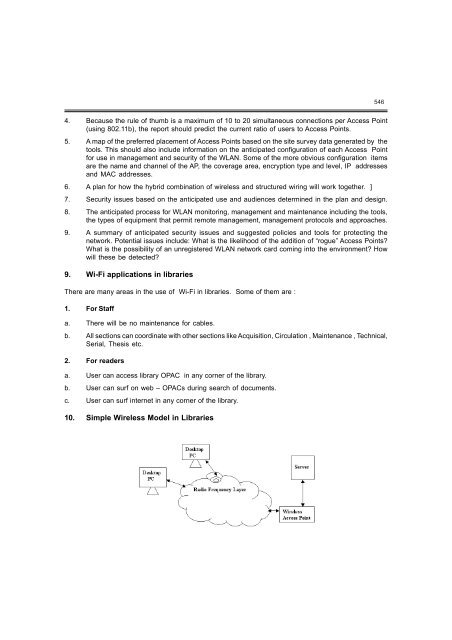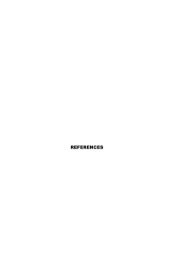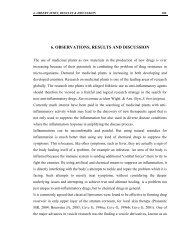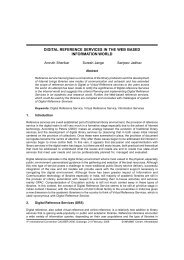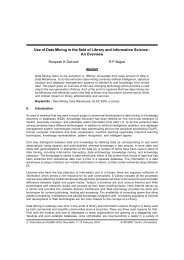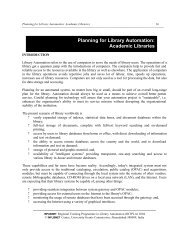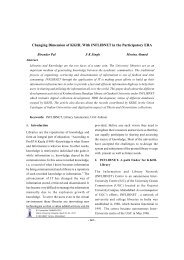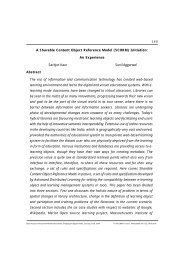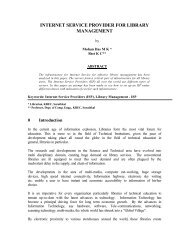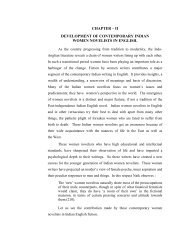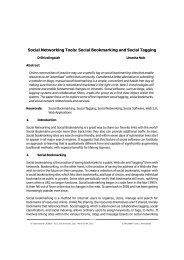WI-FI APPLICATIONS IN LIBRARIES - INFLIBNET Centre
WI-FI APPLICATIONS IN LIBRARIES - INFLIBNET Centre
WI-FI APPLICATIONS IN LIBRARIES - INFLIBNET Centre
Create successful ePaper yourself
Turn your PDF publications into a flip-book with our unique Google optimized e-Paper software.
546<br />
4. Because the rule of thumb is a maximum of 10 to 20 simultaneous connections per Access Point<br />
(using 802.11b), the report should predict the current ratio of users to Access Points.<br />
5. A map of the preferred placement of Access Points based on the site survey data generated by the<br />
tools. This should also include information on the anticipated configuration of each Access Point<br />
for use in management and security of the WLAN. Some of the more obvious configuration items<br />
are the name and channel of the AP, the coverage area, encryption type and level, IP addresses<br />
and MAC addresses.<br />
6. A plan for how the hybrid combination of wireless and structured wiring will work together. ]<br />
7. Security issues based on the anticipated use and audiences determined in the plan and design.<br />
8. The anticipated process for WLAN monitoring, management and maintenance including the tools,<br />
the types of equipment that permit remote management, management protocols and approaches.<br />
9. A summary of anticipated security issues and suggested policies and tools for protecting the<br />
network. Potential issues include: What is the likelihood of the addition of “rogue” Access Points?<br />
What is the possibility of an unregistered WLAN network card coming into the environment? How<br />
will these be detected?<br />
9. Wi-Fi applications in libraries<br />
There are many areas in the use of Wi-Fi in libraries. Some of them are :<br />
1. For Staff<br />
a. There will be no maintenance for cables.<br />
b. All sections can coordinate with other sections like Acquisition, Circulation , Maintenance , Technical,<br />
Serial, Thesis etc.<br />
2. For readers<br />
a. User can access library OPAC in any corner of the library.<br />
b. User can surf on web – OPACs during search of documents.<br />
c. User can surf internet in any corner of the library.<br />
10. Simple Wireless Model in Libraries


